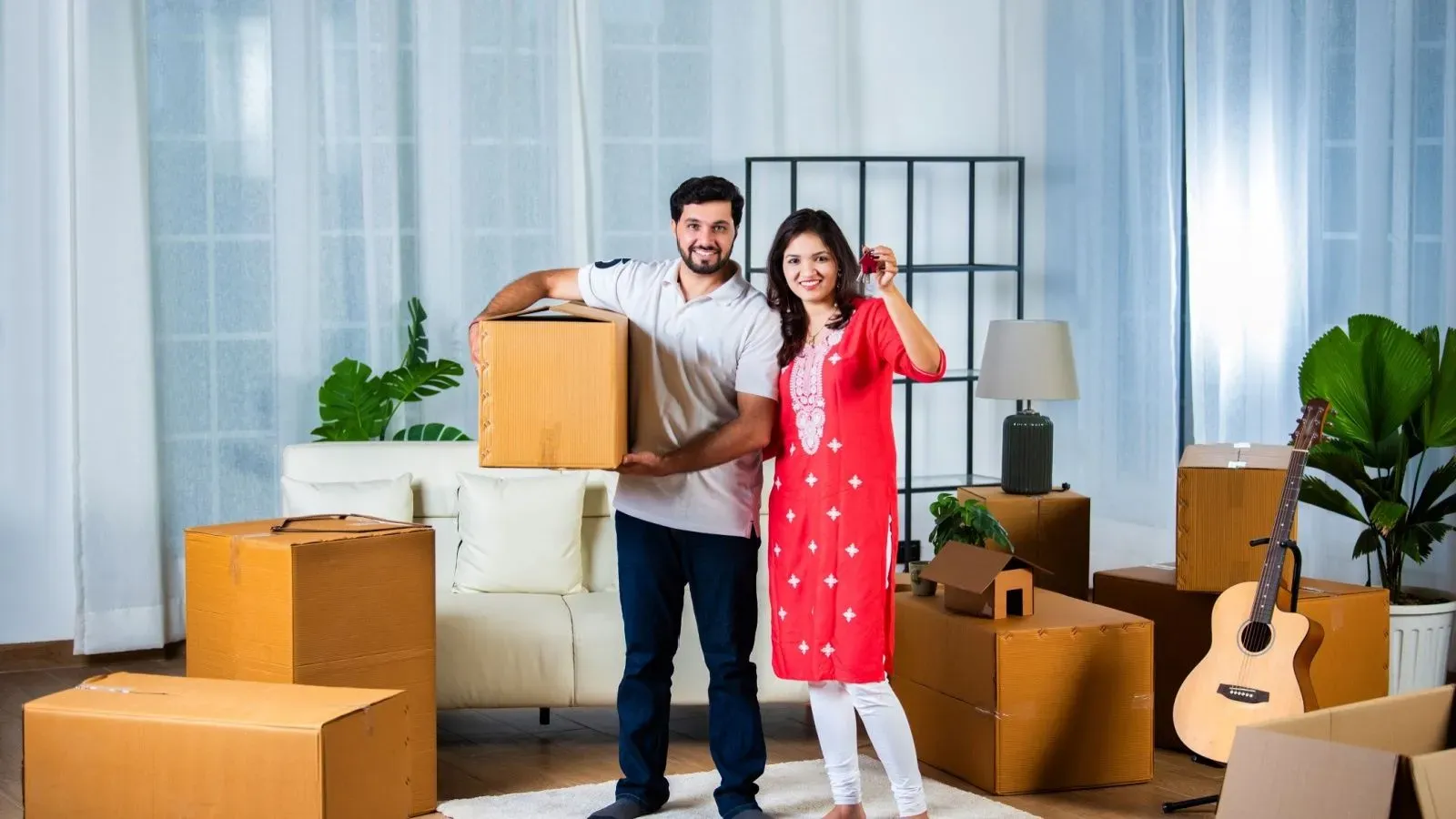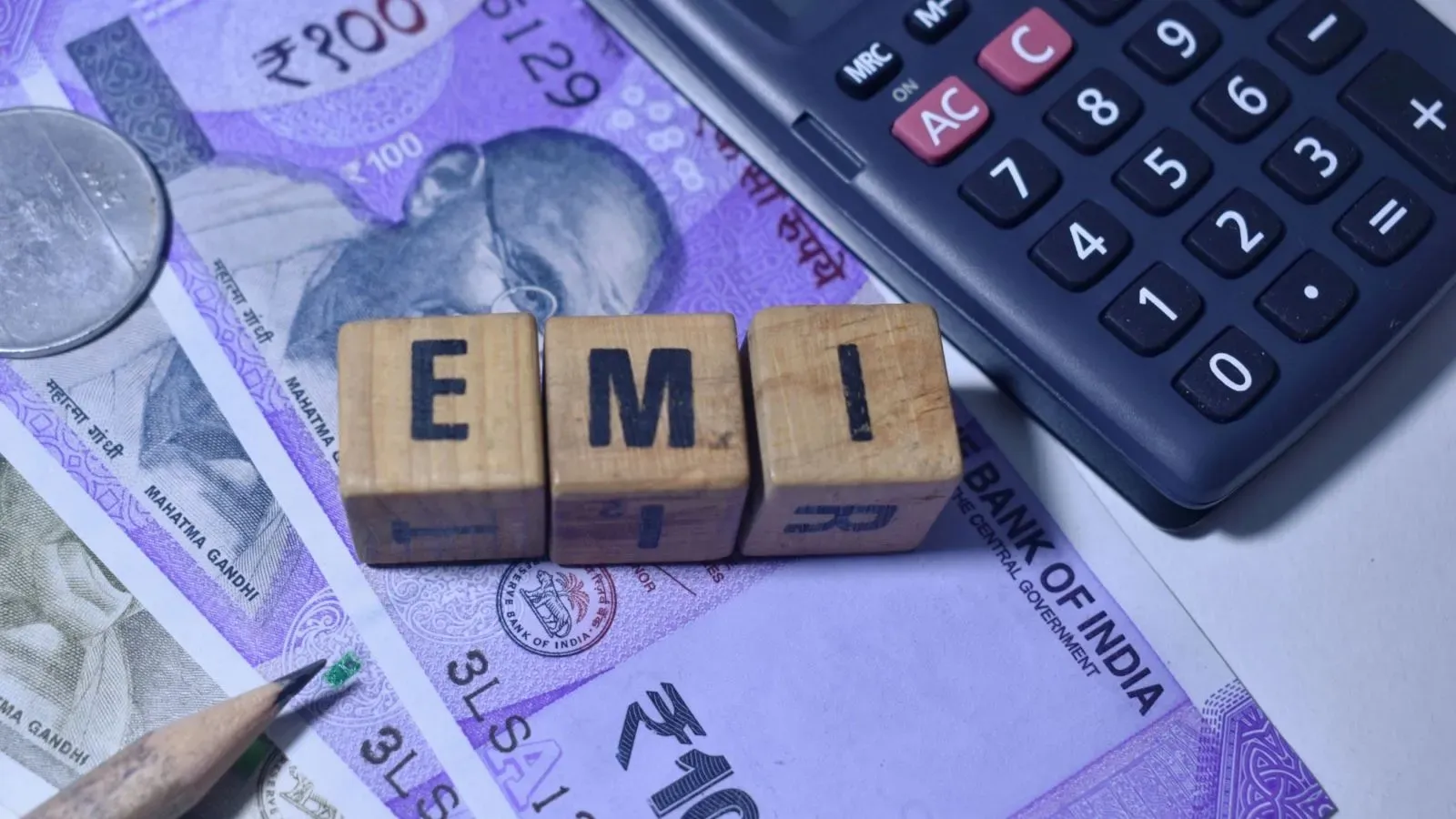Personal Finance News
Homebuyers' guide to GST 2.0: How much tax you'll pay on items for your dream home now

5 min read | Updated on September 24, 2025, 09:50 IST
SUMMARY
New GST rates for homebuyers in 2025: When buying an under-construction house from a builder, you have to pay GST on the total cost at a certain rate. You do not have to directly pay GST on various items used in the construction of the building.

Homebuyers pay GST, both directly and indirectly, when purchasing their dream homes. | Representational image source: Shutterstock
Buying a home remains one of the biggest dreams across ages and income groups, including youngsters who often prioritise higher-yield assets like stocks and mutual funds over real estate.
A recent survey by Anarock found that nearly 70% millennials and 46% Generation X (Gen-X) respondents intend to use their investment gains for purchasing a home in the future.
If you are also among those planning to buy your dream home now, you might be wondering how much of your plan will be affected by the recently revised Goods and Services Tax (GST) rates. This article will help you understand.
First, let's see how GST affects homebuyers:
When buying an under-construction house from a builder, you have to pay GST on the total cost at a certain rate (explained below).
You do not have to directly pay GST on various items used in the construction of the building. The builder pays the GST on building materials, but you pay it indirectly as the builder eventually recovers all the costs, along with his profit, from the buyer.
Therefore, GST has an impact on your total expenditure towards owning the house.
How much GST homebuyers have to pay now
GST for homebuyers isn't only about construction materials. You pay GST, either directly or indirectly, on multiple items, ranging from construction materials to interior designing, electrical equipment to kitchen items, especially when you have to move to your dream home for the first time.
The revised GST rates are set to lower costs on most of the items mentioned above, except the GST paid to builders for under-construction properties. Here's a look at them:
Construction materials
Household items for interiors or shifting to a new house
The following items will now attract only 5% GST.
-
Table, kitchen or other household articles of iron & steel, wood, copper, and aluminium
-
Tableware, kitchenware, other household articles and toilet articles, of porcelain or china
-
Sheets for veneering for plywood or for similar laminated wood of a thickness not exceeding 6 mm
-
Tools, tool bodies, tool handles, broom or brush bodies and handles, of wood
-
Articles of wood, such as clothes hangers, spools, cops, bobbins, sewing thread reels
-
Parts of domestic decorative articles used as tableware and kitchenware
GST on under-construction property
You have to pay GST on buying under-construction properties that are awaiting a completion certificate or are ready for occupancy. The rates of GST are 1% for affordable housing and 5% for non-affordable housing.
This GST applies to all costs, including the base price, and extras like parking, maintenance, clubhouse fees, etc, according to Cleartax.
Flats worth less than ₹45 lakh and 60 sqm in carpet area in metro cities (90 sqm in non-metro cities) are classified as affordable housing.
Flat maintenance
If you buy a house in a society whose annual turnover is over ₹20 lakh and your maintenance charges are also more than ₹7500/month, then you have to pay 18% GST on the entire maintenance amount, according to Cleartax.
It is expected that the reduced GST on construction materials like cement can reduce construction costs by as much as 3-5%.
Experts believe that lower GST rates will also help boost buyers' confidence, especially those planning to buy for the first time.
"The simplified GST structure does away with the old five-slab system and now has only two primary slabs of 5% and 18%, in addition to a 40% rate on luxury and so-called ‘sin goods’. The resultant pricing clarity will go a long way in improving overall consumer confidence. The simplified framework will make the tax implications of buying homes clearer and this clarity can potentially bring significant numbers of first-time buyers and fence-sitters to the market," Anuj Puri, Chairman, Anarock Group said.
Related News
By signing up you agree to Upstox’s Terms & Conditions
About The Author
Next Story



